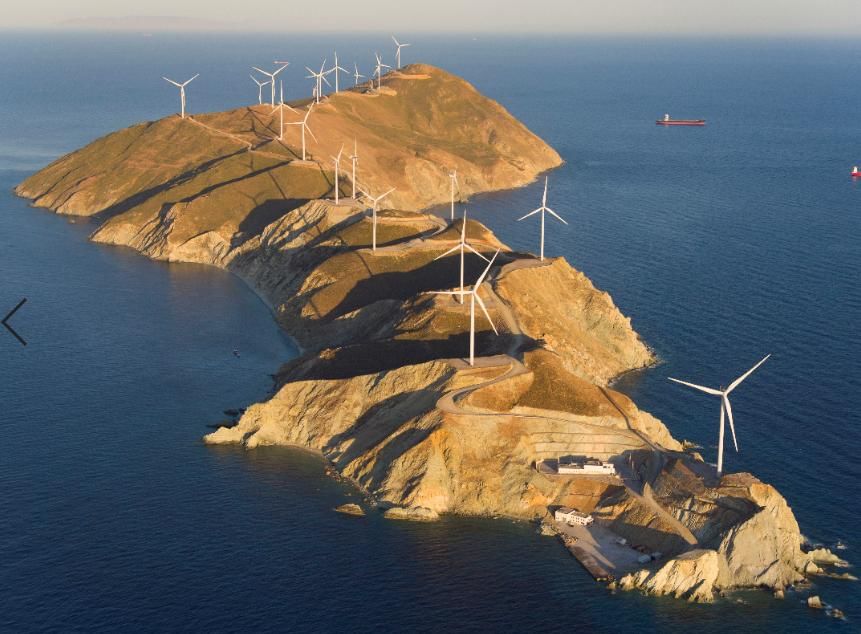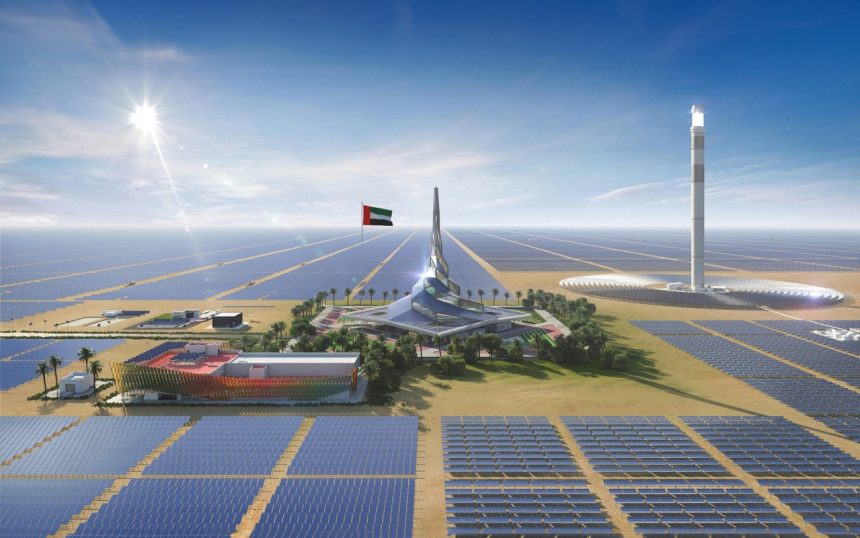The United Arab Emirates (UAE) has achieved a remarkable milestone by ranking among the top 10 countries globally in terms of per capita solar energy capacity in 2023.
According to a new report by the European Solar Power Association, the UAE secured the 10th position.
Moreover, the total capacity is 708 watts per person.
This has made it the sole representative from the Middle East and North Africa (MENA) region on the list.
2023 top five markets, based on the highest per capita solar energy capacity, were as follows:
- Australia: Ranked first with 1359 watts per person.
- Netherlands: Second with 1299 watts per person.
- Germany: Third with 996 watts per person.
- Belgium: Fourth with 846 watts per person.
- Denmark: Fifth with 828 watts per person.

Rapid Growth
The UAE demonstrated significant annual growth.
This was by adding 323 watts per person in a single year.
Which is a substantial increase from the mere 54 watts per person recorded in 2022.
This achievement was due to large-scale photovoltaic solar power projects implemented in 2023.
Including the completion of Al Dhafra Solar Power Station with a capacity of 2 gigawatts in Abu Dhabi.

Regionally, the Middle East and North Africa (which includes the UAE) ranked last behind Europe, the Americas, and the Asia-Pacific region.
By the end of 2023, the per capita solar energy capacity in the MENA region did not exceed 27 watts per person.
This is in comparison to the global average of 202 watts per person, which was surpassed by the other three regions.
About solar energy deployment in Mena Region
Considering the region’s population of approximately 1.8 billion people and the economic strength of some Arab countries, coupled with the declining electricity rates in several African nations, there exists immense potential for solar energy growth.
Despite this, the region performed well in terms of the rapid deployment of photovoltaic solar energy.
The UAE is second in the world
Competitiveness 2024 includes important governmental and economic indicators, the ability of government policy to adapt to changes, the percentage of tourism revenues, women’s representation in Parliament, workforce growth, and total… pic.twitter.com/8R4tTsIlsR— UAE Voice (@uae_voiceeng) June 18, 2024
Asia-Pacific region was leading the way with a 43% growth.
This is by an increase from 193 to 226 watts per person between 2022 and 2023.
The Middle East and North Africa followed closely with a 41% growth, rising from 19 to 27 watts per person.





